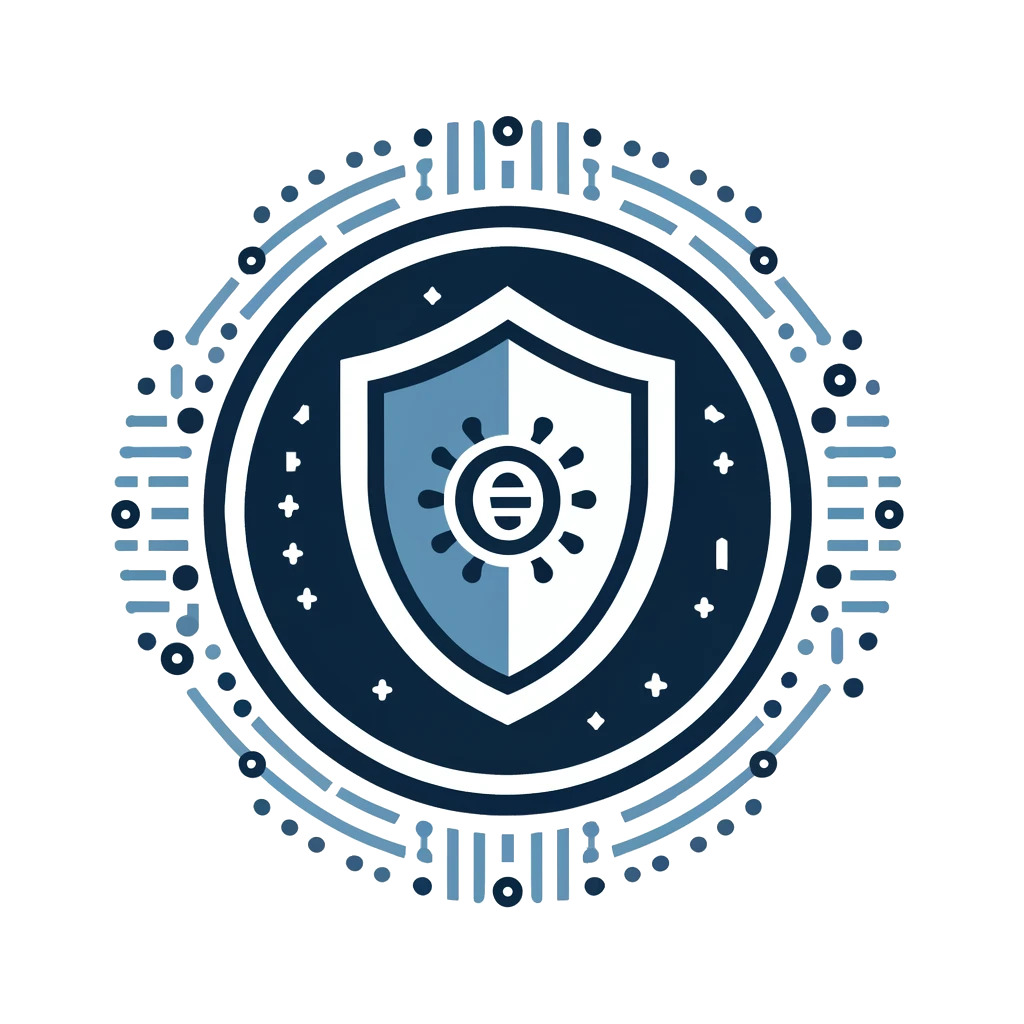Application Security
From Encyclopedia of Cybersecurity
Application Security
Application Security refers to the measures and practices implemented to protect software applications from security threats, vulnerabilities, and attacks throughout the software development lifecycle (SDLC).
Overview
Application Security involves:
- Secure Development Practices: Incorporating security considerations, best practices, and coding standards into the software development process to prevent security vulnerabilities and weaknesses in application code.
- Threat Modeling: Identifying, analyzing, and prioritizing potential security threats, attack vectors, and risks specific to the application, its architecture, and the surrounding environment to guide security controls and countermeasures.
- Vulnerability Assessment: Conducting regular security assessments, code reviews, and penetration testing to identify and remediate security vulnerabilities, misconfigurations, and weaknesses in the application.
- Security Controls: Implementing security controls and countermeasures, such as input validation, access controls, encryption, authentication, and logging, to mitigate common security threats and protect against exploitation.
- Secure Deployment: Securing the deployment and configuration of application components, databases, servers, and infrastructure to minimize exposure to security risks and ensure secure operation in production environments.
- Incident Response: Establishing incident response plans, procedures, and protocols to detect, respond to, and recover from security incidents, breaches, or unauthorized access to the application or its data.
Best Practices
Best practices for Application Security include:
- Secure Coding Guidelines: Following secure coding practices, secure coding guidelines, and secure coding standards, such as OWASP Top 10, CWE/SANS Top 25, or CERT Secure Coding, to mitigate common security vulnerabilities.
- Input Validation: Validating and sanitizing input data, including user inputs, parameters, and external data sources, to prevent injection attacks, buffer overflows, and other input-related vulnerabilities.
- Authentication and Authorization: Implementing strong authentication mechanisms, access controls, and least privilege principles to verify user identities, enforce access policies, and protect sensitive resources.
- Data Encryption: Encrypting sensitive data at rest and in transit using encryption algorithms and cryptographic protocols to protect confidentiality, integrity, and privacy of data stored or transmitted by the application.
- Security Testing: Performing regular security assessments, dynamic application security testing (DAST), static application security testing (SAST), and interactive application security testing (IAST) to identify and remediate security vulnerabilities in the application.
- Patch Management: Keeping software components, libraries, frameworks, and dependencies up-to-date with the latest security patches, fixes, and updates to address known vulnerabilities and software flaws.
- Security Awareness Training: Providing security awareness training, education, and resources to developers, testers, and stakeholders to raise awareness of security risks, promote secure development practices, and foster a security-conscious culture.
Challenges
Challenges in Application Security include:
- Complexity: Managing the complexity of modern software architectures, microservices, APIs, and cloud-native applications, which introduce new attack surfaces, integration points, and security challenges.
- Time and Resource Constraints: Balancing security requirements with project timelines, resource constraints, and business priorities, often leading to trade-offs between security, functionality, and time-to-market.
- Legacy Systems: Securing legacy applications, outdated platforms, and legacy codebases that may lack modern security features, support, or documentation, posing challenges for vulnerability management and risk mitigation.
- Third-Party Dependencies: Assessing and managing security risks associated with third-party components, libraries, frameworks, and open-source software used in the application, including supply chain attacks, licensing issues, and dependency vulnerabilities.
- Compliance and Regulations: Addressing compliance requirements, regulatory standards, and industry-specific regulations, such as GDPR, HIPAA, PCI DSS, or SOC 2, which impose security controls and data protection requirements on applications and systems.
